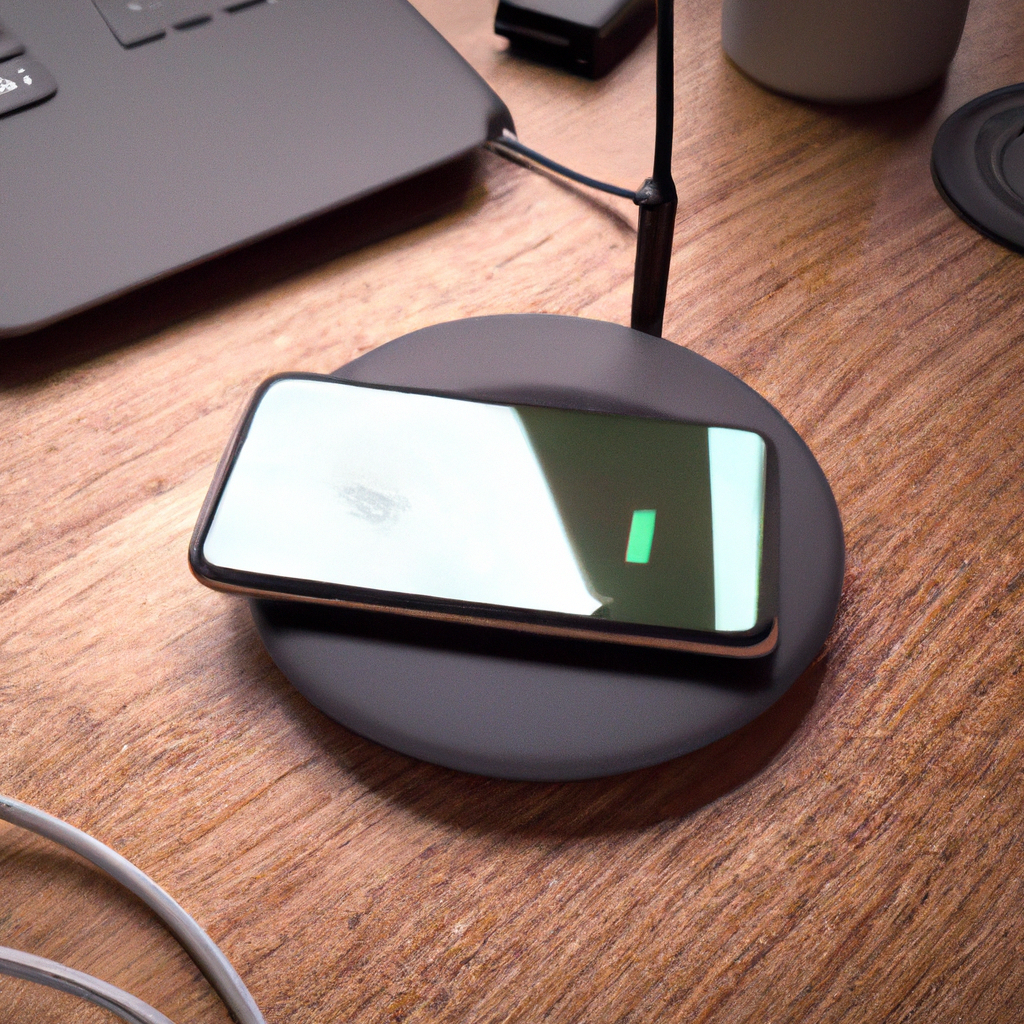Wireless charging has become increasingly popular in recent years with the rise of mobile devices and the need for convenient charging solutions. A wireless charger, also known as a Qi wireless charger or a wireless charging pad, uses electromagnetic induction to transfer energy between two objects, allowing for the charging of a device without the need for a physical connection. But how does wireless charging work, and what makes it possible? In this article, we’ll take a closer look at the technology behind wireless charging and explore its benefits and limitations.
How does wireless charging work?
Wireless charging technology is based on the principle of electromagnetic induction. This is the process by which a magnetic field is used to generate an electric current in a conductor. In the case of wireless charging, the two objects involved are the wireless charger and the device being charged.
The wireless charger contains a coil of wire that is connected to an AC power source. This coil generates a magnetic field when it is charged, which can transfer energy to a nearby coil in the device being charged. This coil is connected to the device’s battery and acts as a receiver, converting the magnetic field into an electric current that charges the battery.
Types of wireless chargers
There are several types of wireless chargers available on the market, each with its own unique features and advantages. Some of the most common types of wireless chargers include:
- Wireless charging pads: These are the most popular type of wireless charger and are designed to charge a single device at a time. They typically feature a flat, circular surface that the device is placed on, and can be powered by a USB cable or wall adapter.
- Wireless charging stands: These chargers are similar to charging pads but are designed to hold the device upright, making it easier to view the screen while the device is charging. They are ideal for use on desks and nightstands.
- Wireless charging mats: These chargers can charge multiple devices at once and are ideal for households with multiple devices. They typically feature a larger surface area than charging pads and can charge devices regardless of their orientation.
- Vehicle wireless chargers: These chargers are designed to be used in vehicles and can be mounted on the dashboard or console. They typically feature a magnetic mount that holds the device in place while it charges.
Benefits of wireless charging
Wireless charging offers several benefits over traditional wired charging solutions. Some of the key benefits include:
- Convenience: Wireless charging eliminates the need for cables and cords, making it easier to charge devices on the go or in public spaces.
- Simplicity: Wireless charging is simple and easy to use, with no need to plug and unplug cables or fiddle with charging ports.
- Safety: Wireless charging eliminates the risk of electric shock or short circuits that can occur with traditional charging methods.
- Compatibility: Qi wireless charging is a universal standard that is supported by most major device manufacturers, meaning that a single charger can be used to charge multiple devices.
- Efficiency: Wireless charging is an efficient way to charge devices, with most wireless chargers boasting an efficiency rating of around 80-90%.
Limitations of wireless charging
While wireless charging offers many benefits, there are also some limitations to consider. Some of the key limitations include:
- Speed: Wireless charging is typically slower than traditional wired charging, with most wireless chargers taking 2-3 hours to fully charge a device.
- Distance: Wireless charging requires the device to be in close proximity to the charger, typically within a few millimeters. This can make it difficult to use the device while it is charging.
- Compatibility: While Qi wireless charging is a universal standard, not all devices are compatible with wireless charging technology. Some older devices may not support wireless charging at all.
- Price: Wireless chargers can be more expensive than traditional chargers, with some high-end models costing upwards of $100.
Conclusion
Wireless charging is a convenient and efficient way to charge your mobile devices, offering many benefits over traditional charging solutions. While there are some limitations to consider, the technology is rapidly evolving and improving, and is likely to become even more widespread in the future. Whether you choose a wireless charging pad, stand, mat, or vehicle charger, you can enjoy the convenience and simplicity of wireless charging technology.







